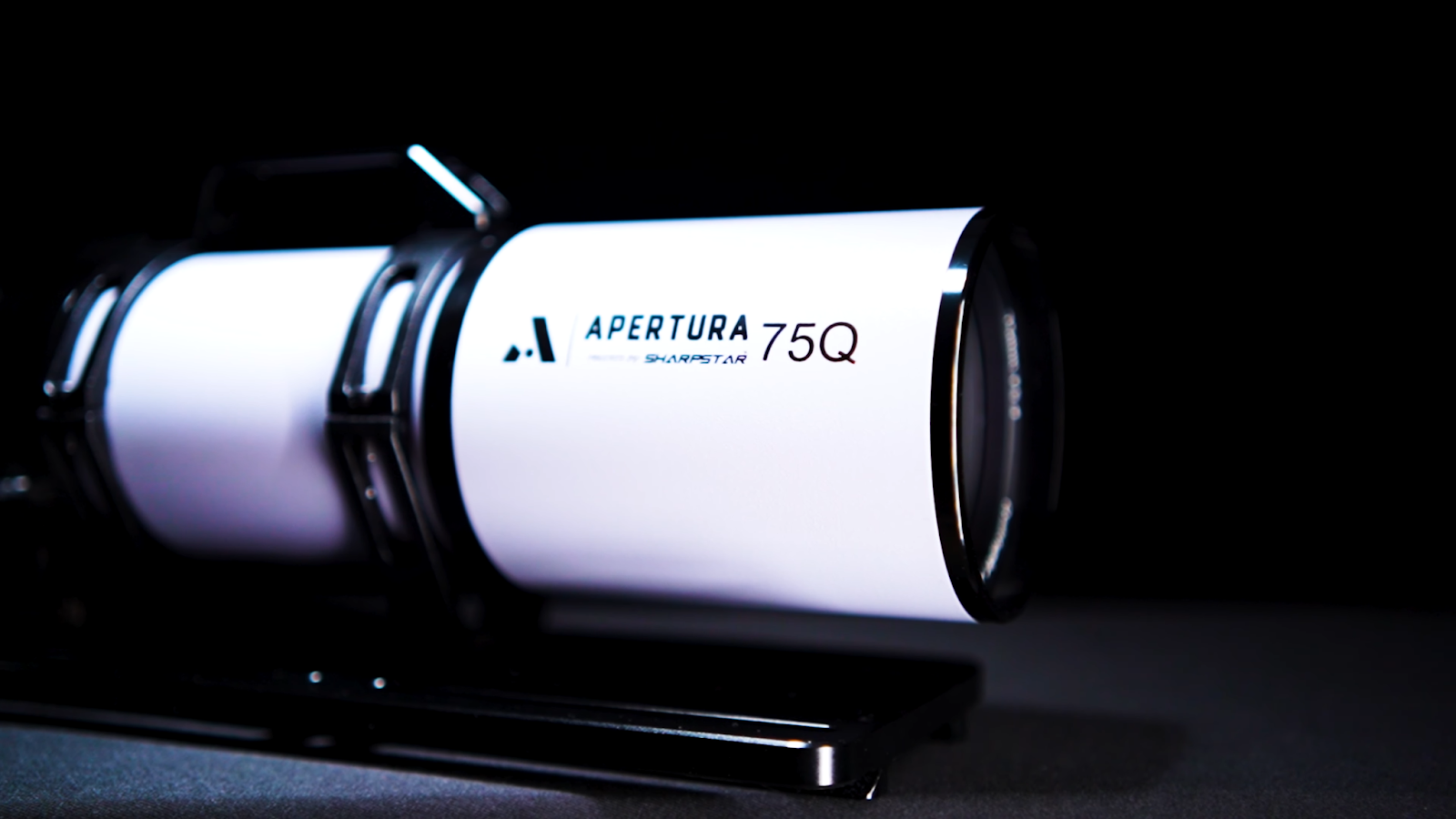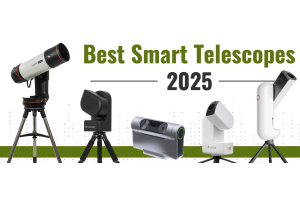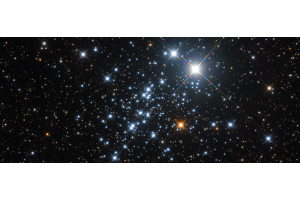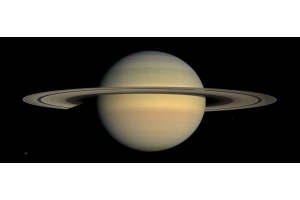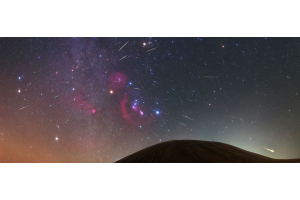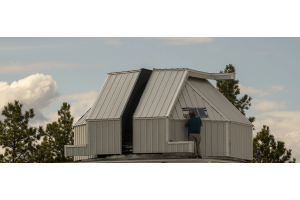
Our experts have put the Apertura 75Q 0.75x Reducer to the test under dark Bortle 3 skies by imaging the Iris Nebula. Let's recap the features of the Apertura 75Q Refractor, dive deep into the capabilities of this reducer, and see how it performs under the Milky Way.
The Apertura 75Q Refractor
To begin, let’s briefly discuss the Apertura 75Q Refractor. This f/5.3 quadruplet Petzval refractor is a no-fuss design, meaning there’s no need to worry about critical spacing or back focus, unlike other refractors on the market. Simply attach a camera, achieve focus, and you’re ready to start imaging. With FCD-100 glass, it offers top-notch color correction and optical performance, delivering high-contrast images with sharp stars across various cameras available today. Featuring a dual-speed rack and pinion focuser and a built-in camera rotator, the 75Q is well-equipped for astrophotography. For those curious to learn more, check out our full review and deep-dive video.
Diving Into The Apertura 0.75x Reducer
Now, let’s focus on the 0.75x reducer. The Apertura 75Q 0.75x Reducer is designed to thread directly onto the telescope and accommodates 2-inch filters. Installation is straightforward: simply remove the neural adapter from the back of the scope and replace it with the reducer via the same threads. Corrected for APS-C size sensors, the 0.75x reducer brings the Apertura 75Q from a focal ratio of f/5.3 down to f/4.0, reducing the native 405mm focal length to 303mm—a nearly identical focal length to the RedCat 61 but with 1.5x the light-gathering capability.
Testing & Performance
With this increased aperture size, we’re thrilled to image the Iris Nebula. Although the nebula itself is bright, it’s surrounded by faint dust and gas illuminated not by nearby stars but by the Milky Way, making extremely dark skies essential for capturing this level of detail. The extra light-gathering power under Bortle 3 skies will be invaluable, allowing us to capture some incredible detail on this target. According to our weather forecast, we can expect clear skies, and with luck, we aim to gather 6 hours of data.
After a successful night under Bortle 3 skies, we managed to capture 9 hours of data on the Iris Nebula—three more than originally planned. The 0.75x reducer performed exactly as expected, and if you already own the Apertura 75Q refractor, this reducer is a fantastic addition.
The Final Verdict
For beginners or those looking to upgrade their astrophotography setup, the Apertura 75Q with the 0.75x Reducer is an excellent choice. The reducer enhances this already impressive scope, making it even more powerful. The stars across an APS-C sensor were sharp, and the increased light-gathering ability provided some great data. The 0.75x reducer and the extra field of view made a noticeable difference, so now, let’s take a look at the stunning Iris Nebula.
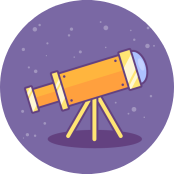
Learn More
Interested in diving deeper into the world of astronomy? Not sure where to begin? Check out our Astronomy Hub!





